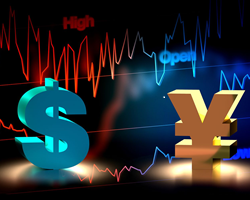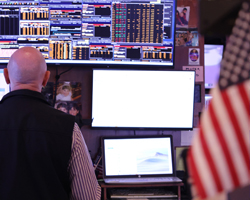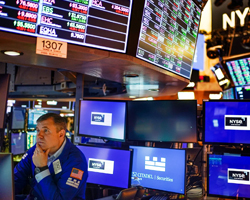Earnings Season to Boost S&P 500 | Daily Market Analysis
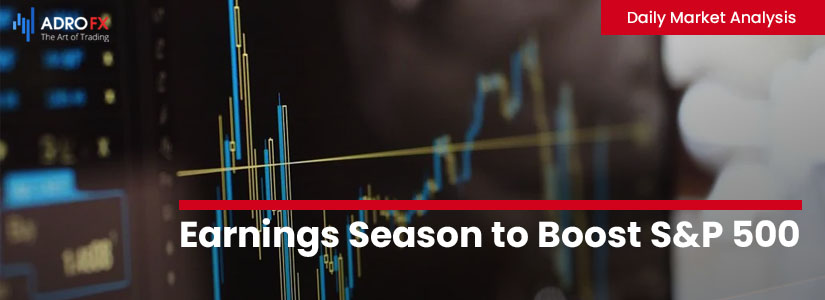
Key events:
- Eurozone - ECB's De Guindos Speaks
- Canada - BoC Business Outlook Survey
- Eurozone - ECB's Lane Speaks
- US - Federal Budget Balance
- Canada - BoC Senior Deputy Governor Rogers Speaks
The fourth quarter earnings season of a tough year for stocks is here, while the S&P 500 Index lost 25% so far. The market is back at oversold levels, and the upcoming reporting season may help it show a short-term recovery that will please investors but is unlikely to last.
The main problem for the market for the rest of this year and probably also during the first half of next year will remain the trajectory of monetary policy. The Fed's shrinking balance sheet amid tightening financial conditions has become a central theme for 2022 and is likely to remain so at least through the first quarter of 2023.
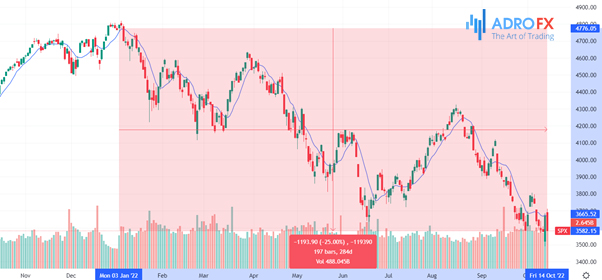
The stock market is likely to show a significant bounce in the coming weeks as the reporting season progresses. Earnings forecasts are generally down, but it's possible that the numbers will end up pleasantly surprising.
First, sales forecasts for the S&P 500 remain high and continue to show an upward trend. Sales forecasts depend on nominal economic growth, not real growth, and therefore should be reasoned about in nominal terms.
It is for this reason that sales forecasts have not only remained stable but have even improved after two consecutive quarters of negative real GDP growth. This is because nominal GDP continued to increase during that period, and sales estimates followed it up. So it's likely that companies' performance last quarter will be better than expected, especially revenue numbers.
Investors may get their hopes up as a result, and the stock market may even show growth for a couple of weeks. However, that won't change the trajectory of monetary policy, and the Fed will be targeting a rate hike to 4.25%-4.50% by then, or maybe higher after higher-than-expected CPI, with rates staying at those levels for some time to come.

Stocks are already expensive right now when compared to bonds, and with any further rally, they will become even more expensive. Unfortunately, for the first time in more than 10 years, stocks have an alternative, and that makes them less attractive.
The spread between the S&P 500 dividend yield and the 10-year Treasury yield has climbed above 2%. This is the highest level since 2010, with a comparable spread last seen in the mid-2000s.
The problem is that the P/E ratio of the S&P 500 index was lower in the mid-2000s. At its low point then, it was 14 versus the current estimate of 15.7. The difference is not that big, nevertheless, it points to a possible decline in the S&P 500 from current levels.
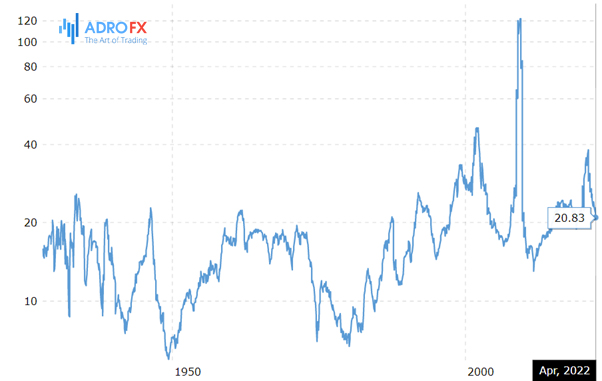
In addition, if 10-year Treasury yields continue to rise, the spread will only widen, which means the S&P 500 dividend yield will need to catch up with bond yields. Declining dividend yields put downward pressure on S&P 500 valuations.
At this point, the stock market could show a much-needed rally if the company's financials come close to or even better than expected. However, a long-term uptrend in equities is unlikely to begin until the Fed's monetary tightening cycle ends.
